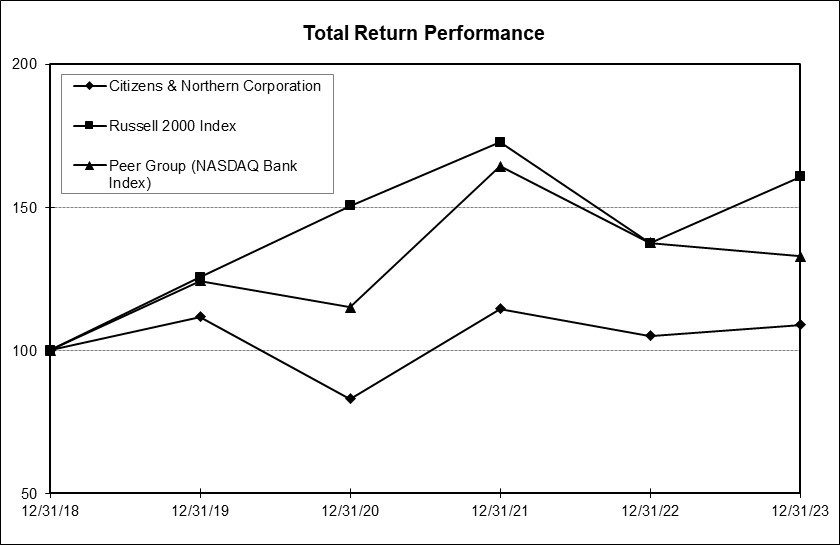Free signup for more
- Track your favorite companies
- Receive email alerts for new filings
- Personalized dashboard of news and more
- Access all data and search results
Content analysis
?| Positive | ||
| Negative | ||
| Uncertain | ||
| Constraining | ||
| Legalese | ||
| Litigious | ||
| Readability |
H.S. sophomore V bad
|
|
New words:
AA, aaa, Aaron, ACL, adaption, advisory, Alexander, appointed, artificial, Attestation, attorney, Balagour, Blair, Bobbi, BOLI, brokered, budget, California, cancelable, canceled, cancellable, captured, click, conceptually, Consent, contagion, correlation, curtailment, Cwiklinski, cybersecurity, degrade, Denial, destroy, disable, disaggregated, disaggregation, disallowed, disaster, Dorwart, Dunsmore, element, enterprise, escalation, evolving, Exhibit, expedient, explanation, exploiting, face, Fitch, floor, Formatted, Frank, frequency, fulfilling, granular, guideline, Hacking, harm, Harold, Hartley, heightened, Helen, herewith, highlighted, Hoose, ID, incident, Indemnification, Indenture, Inline, Instance, Interactive, introduction, issuable, John, Jr, jurisdiction, Kate, Kelley, Kilmer, Lambert, launched, Lehman, Leo, lifetime, light, Linkbase, locked, lose, Loughery, mailed, malfunction, malware, manipulate, manually, manufacturing, mathematical, Moody, multifamily, newly, nonowner, notification, Occasionally, occupied, owner, Page, panic, PCD, Pellegrino, phishing, placement, platform, Power, privacy, Published, rapid, rapidly, Reber, reciprocal, Recoupment, recourse, recreational, reorganization, repositioned, repositioning, Republic, restated, revolving, risky, Robert, Rudy, Rush, sabotage, safeguarding, Santiago, Schema, scrutiny, Shattuck, shorter, Signature, Silicon, Singer, sophisticated, sort, Stan, statistic, steal, Stephen, stricter, submitted, suffer, surrender, surrendered, Susan, Terry, theft, threat, tied, tolerance, Tracy, transparency, trustee, turmoil, UMB, uncollateralized, unconditionally, undergoing, unencumbered, uninsured, usage, Valley, viewed, vote, Voting, WARM, website, XBRL
Removed:
accommodate, accretable, accruing, adjusting, aging, Aid, Analytically, apply, appraisal, assigned, authorization, bankruptcy, breakdown, broadly, burden, CAA, certified, closing, comparative, compliant, complying, compute, concession, consecutive, corroborating, creation, credited, declining, depended, derived, division, duration, dynamic, earlier, ease, eligibility, emerge, estimation, evidencing, farmland, filing, FLA, forgiven, formulate, hedging, Historically, identifying, implementation, imprecision, improvement, knowable, leveraged, LIBOR, MD, merged, narrative, ninety, NJ, nonaccretable, nonmember, NY, optional, OTTI, outbreak, outsourced, pandemic, paragraph, perception, periodically, predicted, preliminary, President, principle, reassessment, reclassify, refinancing, refinement, relate, relief, remained, remeasurement, rent, repay, rest, restructuring, revision, satisfy, SEC, segmented, show, smaller, sooner, split, stable, struggling, summarize, TDR, trillion, uncertain, WV
Filing tables
Filing exhibits
CZNC similar filings
Filing view
External links
